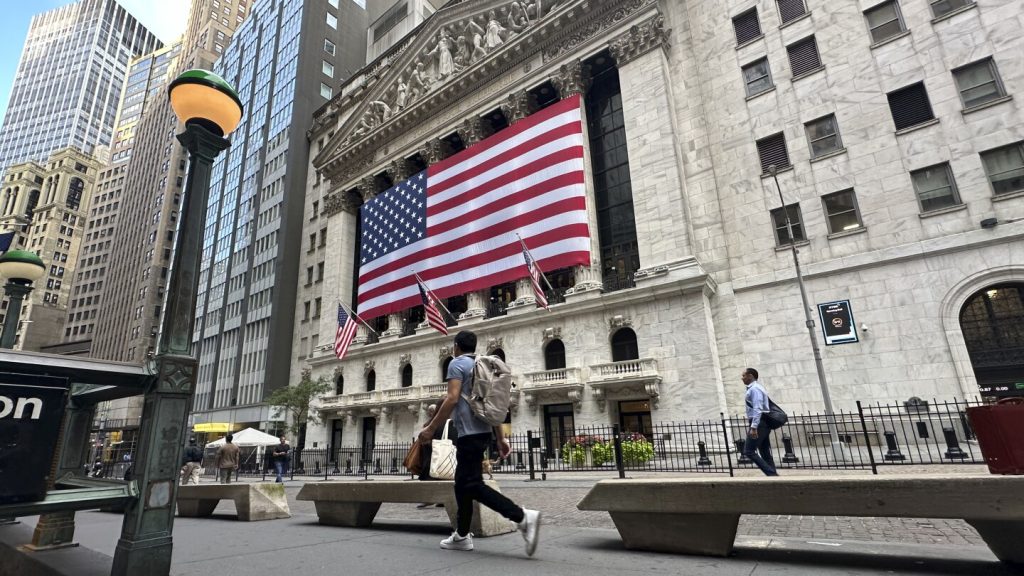U.S. stocks closed out their best week of the year with more gains on Friday, climbing to the cusp of their records. The S&P 500 rose 0.5% for a fifth straight gain and is just 0.7% below its all-time high set in July. Rallies for big technology stocks like Microsoft and Broadcom helped the market recover almost all its losses from the previous week, which was its worst in nearly 18 months. The Dow Jones Industrial Average also jumped 0.7%, coming within 30 points of its record. The Nasdaq composite added 0.7% to the positive momentum. Uber Technologies contributed to the market’s rise with a gain of 6.4%, announcing plans to introduce autonomous ride-hailing in Austin and Atlanta with Waymo next year. The bond market also provided support as Treasury yields eased ahead of the Federal Reserve’s upcoming meeting. Expectations are unanimous on Wall Street for the Fed to cut interest rates for the first time in over four years on Wednesday, with traders hoping for a larger-than-usual rate cut.
The market has been closely watching the Federal Reserve’s decisions due to its main interest rate being at a two-decade high in an effort to slow down the economy and control high inflation. With inflation having decreased significantly since its peak two summers ago, the Fed has shifted its focus towards boosting the slowing job market and economy. The decision on how much to cut rates by will be crucial for the Fed, as lowering rates can help the economy while potentially fueling more inflation. Reports earlier in the week indicated some upward pressure on inflation may still remain, initially causing traders to lower expectations for the size of the Fed’s upcoming rate cut. However, as of Friday, traders were considering the possibility of a half-percentage point cut, rather than the traditional quarter-point cut, according to data from CME Group. The federal funds rate currently sits in a range of 5.25% to 5.50%.
Equity market participants are paying close attention to the potential size of the Fed’s rate cut, focusing more on the direction than the magnitude. A decline in rates could help alleviate pressure on companies’ expenses and stock prices. The 10-year Treasury yield eased to 3.65% from 3.68% on Friday, while the two-year yield, which reflects expectations for Fed action, fell more sharply to 3.58% from 3.65%. On Wall Street, home-furnishings company RH saw a significant jump in its stock price after reporting stronger profit and revenue for the latest quarter than expected. Despite challenges in the housing market, the company mentioned increasing demand each month, indicating positive momentum. The housing market has been struggling with high mortgage rates, which have been easing since the spring on expectations for future rate cuts. A preliminary reading on U.S. consumer sentiment also came in better than economists expected on Friday.
Technology stocks were the main drivers of the market’s performance for the week, with companies like Oracle experiencing gains after strong financial forecasts. Oracle’s stock rose 14.3% for the week after a better-than-expected profit report. However, not all companies fared well, as Boeing saw a 3.7% decrease in its stock price due to aircraft assembly workers going on strike. Union members rejected the aerospace giant’s tentative contract that would have offered wage increases. Adobe also saw a decline of 8.5%, despite reporting better profits than expected. Investors appeared concerned about the company’s financial forecasts for the current quarter. Overall, the S&P 500 rose 30.26 points to 5,626.02, the Dow gained 297.01 to 41,393.78, and the Nasdaq composite added 114.30 to 17,683.98. International markets also saw positive movements in Europe, following mixed results in Asian markets.


